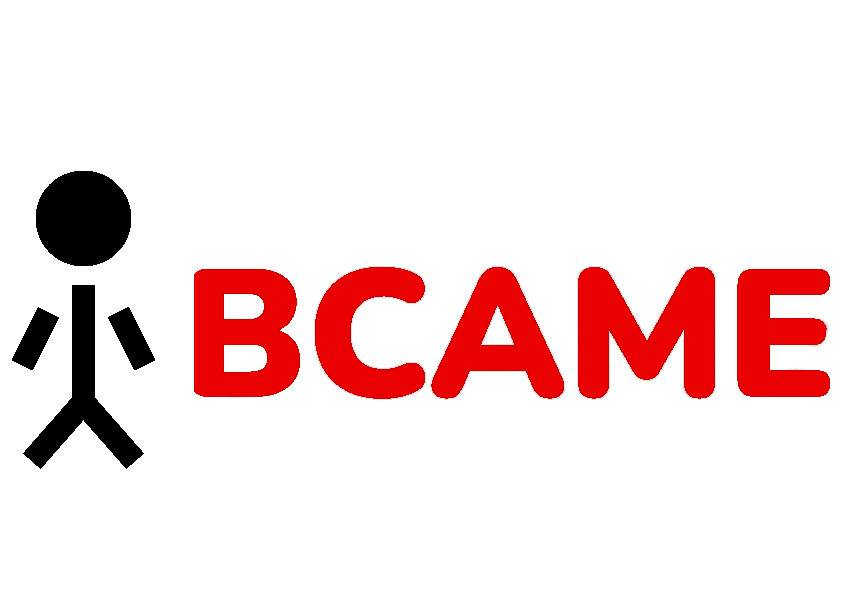Brands and Independent Businesses that embrace technology and understand the power of e-commerce can thrive.
Ecommerce sales growth worldwide is expected to reach 10.4% in 2023, 9.6% in 2024, and 8.9% in 2025. The ecommerce share of retail sales is expected to increase from 19.7% in 2022 to 24% by 2026.















